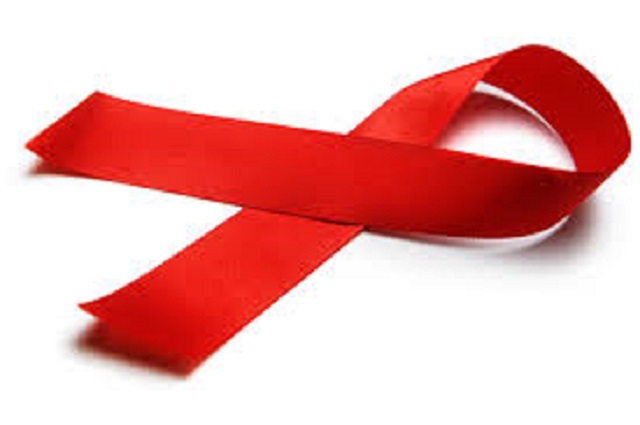HIV infections, deaths fall further

Paidamoyo Chipunza Harare Bureau
HIV prevalence in Zimbabwe continues to decline as the country makes progress in getting more people living with HIV to know their status and start receiving anti-retroviral drugs, the 2015 preliminary HIV and Aids results have shown.
Presenting the preliminary findings during a validation meeting in Harare recently, Mutsa Mhangara, the strategic information coordinator in the Ministry of Health and Child Care said HIV prevalence now stands at 13,8 percent from about 15 percent the previous year. The prevalence rate is the proportion of the population living with HIV.
Mhangara said new infections had also gone down from 0,98 to 0,78 in 2015.
The prevalence rate translates to an estimated 1,4 million people living with HIV and Aids in the country.
Mhangara said the number of HIV-related deaths was also in decline with about 31,000 deaths recorded in 2015 while the number of mother-to-child transmissions had also fallen to 6,4 percent from about 30 percent in 2002.
Zimbabwe is targeting to reduce HIV transmission from mother-to-child to less than five percent.
“These statistics are drawn from survey data such as the Zimbabwe Demographic Health Survey, data from the antenatal care, data from our health institutions and the epidemiology patterns,” said Mhangara.
He said following yesterday’s validation meeting, the government would submit its preliminary findings to the United Nations for a second validation process.
“We expect feedback from the UN on the second validation process by end of May after which we can start planning for our activities,” said Mhangara.
National Aids Council (NAC) monitoring and evaluation director Amon Mpofu said it was possible to stop HIV/Aids deaths by 2030.
He said the preliminary results showed that the country was on course to meeting its global targets which include testing 90 percent of people living with HIV by 2020, making sure that those tested are put on treatment and that those on treatment have their viral load suppressed — which also reduces the risk of infecting their partners.










Comments